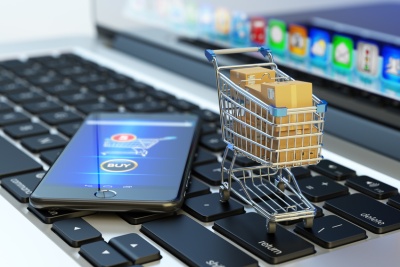The internet is constantly changing and evolving the way that we do business. Practices that were once considered normal have now been entirely replaced, while other completely new strategies have evolved. In this post, we will examine shopless commerce – selling without the use of a shop or even an ecommerce store!
Definition
Shopless commerce is of course the process of selling without a shop or a store. This could easily be considered synonymous then with ecommerce – which means selling online through a website that takes the place of a physical brick-and-mortar store.
However, while the term could be interpreted this way, it tends to be used more specifically in the context of digital marketing. Here, it is often used to describe commerce that doesn’t use a shop… or an ecommerce site!
So how do you sell?
Ways to Sell Without a ‘Shop’
There are actually increasingly more ways that a product creator can now sell a physical or digital product without the need for a shop to act as a portal or hub.
Here are just a few examples:
eBay: Selling on eBay means using eBay as the distribution platform in order to find buyers and give them the opportunity to buy your products. With no need to create a website, you still have the option to run an entire business: just buy cheap products and then sell them online for more!
Social Media: There are lots of websites that allow you to sell through social media. Facebook has this option for instance and so too does Pinterest, which is increasingly becoming one of the more popular choices for this kind of sale. Pinterest has the potential to act as a ‘shop window’ by allowing you to display images and then sell them.
Direct Sales: You can make direct sales in many ways – all you need is a PayPal button and a means of communicating with your leads. Many email marketing campaigns will rely on this method for instance – simply email the buyer and give them a link or an embedded ‘Pay Now’ button that they can click. You can also use this through a website, to sell things like consultations for example.
